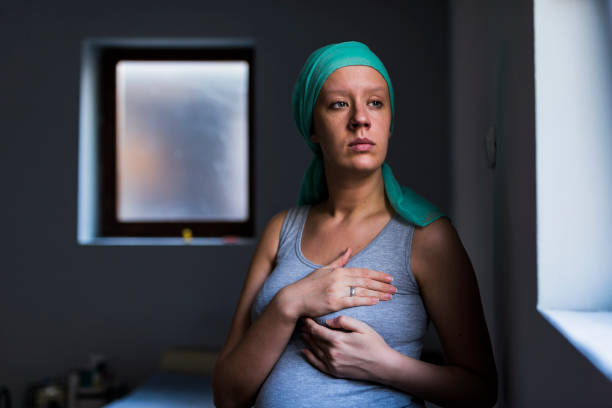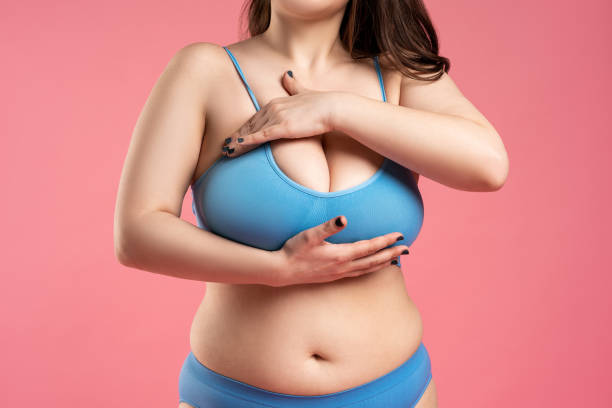Mastitis is a common breast infection that affects many women, especially those who are lactating. It occurs when the milk ducts in the breast become clogged and infected, leading to pain, swelling, and redness in the affected area. In severe cases, mastitis can cause fever, chills, and fatigue. If left untreated, the infection can spread and cause complications, so it is important to be aware of the symptoms and seek treatment as soon as possible.
Symptoms of Mastitis
The symptoms of mastitis can vary depending on the severity of the infection, but the most common signs include:
Pain and swelling in the breast: The affected breast may feel tender and warm to the touch, and the skin may appear red and swollen. The pain may be constant or may worsen when the breast is touched or when milk is expressed.
Flu-like symptoms: Many women with mastitis experience symptoms similar to the flu, such as fever, chills, and fatigue.
Hard, lumpy area in the breast: The infected milk duct may feel like a hard, lumpy area in the breast, and the skin over the area may appear red and inflamed.
Discharge from the nipple: Some women may notice discharge from the affected nipple, which may be yellow or green in color.
Treatment for Mastitis
Treatment for mastitis usually involves a combination of antibiotics to treat the infection and measures to relieve pain and discomfort. The following are the most common treatments for mastitis:
Antibiotics: Antibiotics are the most effective way to treat a breast infection. Your doctor may prescribe oral antibiotics, such as amoxicillin or clindamycin, or may recommend an antibiotic ointment to be applied directly to the affected area.
Pain relief: Over-the-counter pain relievers, such as ibuprofen or acetaminophen, can help relieve pain and reduce swelling in the affected breast.
Warm compresses: Applying warm compresses to the affected breast can help improve circulation and relieve pain. A warm towel, heating pad, or warm water bottle can be used for this purpose.
Rest: Getting plenty of rest and avoiding activities that put pressure on the affected breast can help speed up the healing process.
Drain the breast: To help relieve pressure and discomfort, it is important to regularly drain the affected breast by breastfeeding or expressing milk. Massaging the breast while expressing milk can help unclog the milk ducts and prevent the infection from spreading.
Wear a supportive bra: Wearing a supportive bra can help reduce pressure on the affected breast and promote healing.
Follow-up care: After treatment, it is important to follow up with your doctor to ensure that the infection has cleared and that there are no complications. Your doctor may also recommend additional tests, such as a mammogram, to monitor the affected breast.
Conclusion
Mastitis is a common breast infection that affects many women, especially those who are lactating. The symptoms of mastitis can vary, but the most common signs include pain and swelling in the breast, flu-like symptoms, and a hard, lumpy area in the breast. Treatment for mastitis usually involves antibiotics, pain relief, warm compresses, rest, draining the breast, wearing a supportive bra, and follow-up care. If you suspect that you have mastitis, it is important to seek treatment as soon as possible to prevent complications.

 Home
Home Health
Health Diet & Nutrition
Diet & Nutrition Living Well
Living Well More
More












